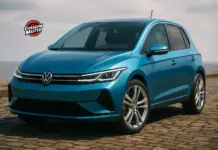If you are a fan of Brazilian classic cars, you've probably heard of Chevrolet Caravan. The iconic station wagon derived from the Opala turns 50 in 2025, and its history is marked by luxury, space and a sporty touch in some versions. Remembered to this day as one of the most beloved models of the 70s, 80s and 90s, the Caravan continues to be worshipped by car enthusiasts.
The birth of Caravan
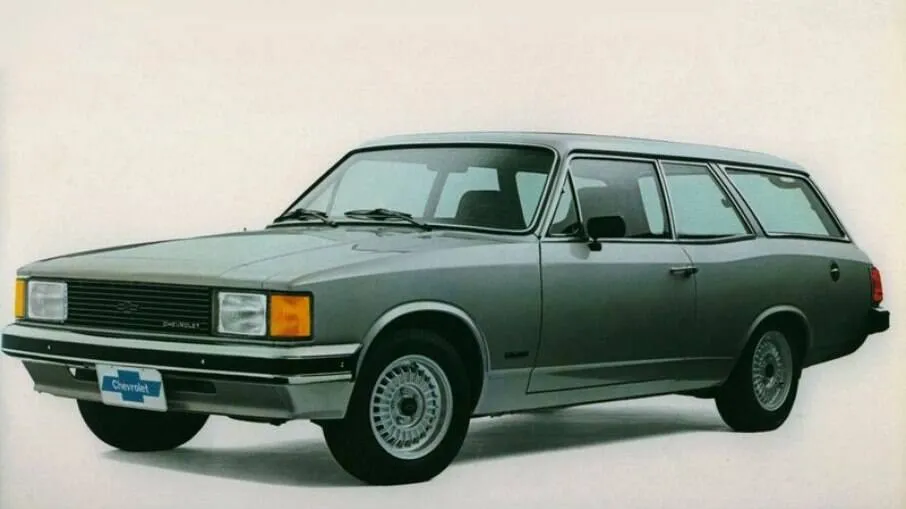
In 1975, The General Motors do Brasil, which was celebrating 50 years in the country, decided to expand its successful line, the Opal, launching a station wagon version: the Caravan. Presented in 1974 Auto Show, the station wagon arrived with a different proposal for a market that, until then, was dominated by utility vehicles like the Chevrolet Summer.
Although advertised as “the first Brazilian station wagon”, the Caravan ignored existing competitors, such as the Ford Belina and the VW Variant. But this did not prevent the model from becoming a success, as it quickly won over consumers with its spacious interior and elegant appearance. With an impressive load capacity, it could accommodate up to 1,950 liters in the trunk and comfortably carry up to six occupants.
Design inspired by the Opel Rekord C
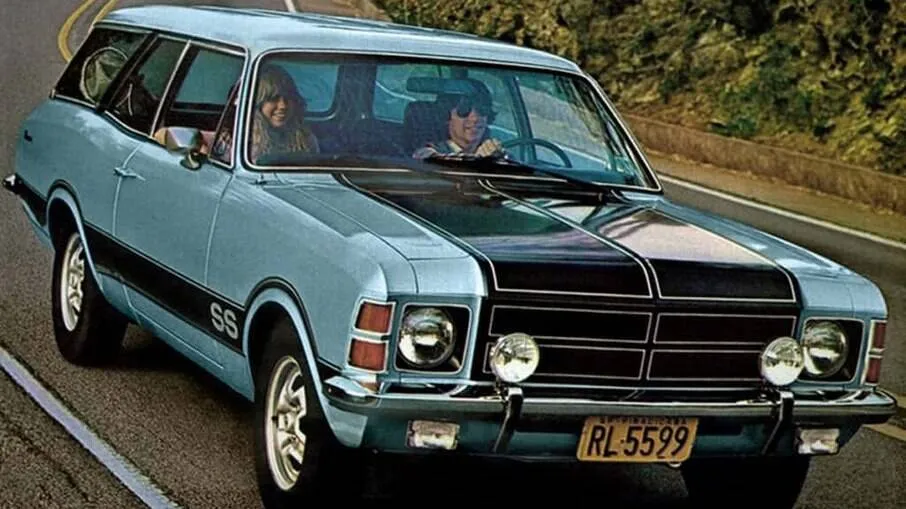
The Caravan shared several design elements with its European “sister”, the Opel Rekord C Caravan. With two doors and a robust look, it perfectly matched the Opala's engine options, which included the four cylinders (2.5 liters) and six cylinders (4.1 liters). Performance, especially in the version six cylinders, was one of the model's great attractions.
The arrival of luxury versions
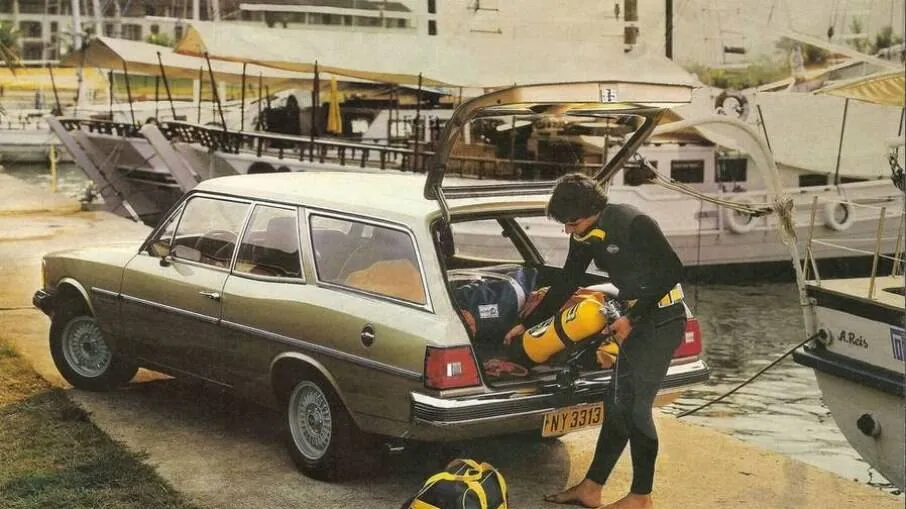
In 1977, the Caravan line received the version Commodore, which had a more refined finish. The monochromatic interior and the wood details on the dashboard made the on-board experience more sophisticated. The following year, color options for the upholstery appeared, including tones such as black, brown and the iconic 'chateau' wine.
Caravan SS: Brazil's first sports station wagon
If you like sports station wagons, Caravan also had its heavyweight representative: Caravan SS, released in 1978. Inspired by the Opala SS coupe, the station wagon had a different look, with black stripes, three-spoke steering wheel and sports wheels.
The engine could be the 151-S four-cylinder (98 hp) or the mighty 250-S six-cylinder (171 hp), both powered by double body carburetor. The exchange rate was always manual, ensuring an extra touch of sportiness.
Unfortunately, in 1980, the SS version was discontinued, becoming a rare model and highly desired by collectors today.
Evolution in the 80s
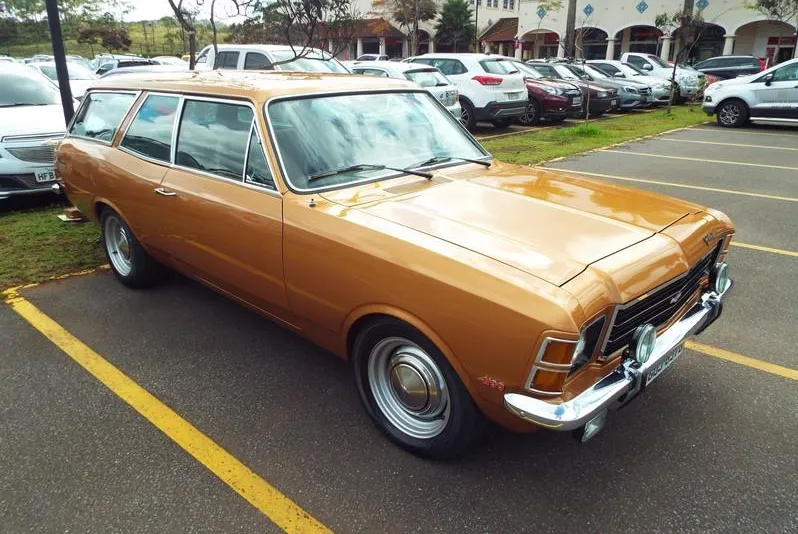
With the arrival of the decade of 1980, the Caravan has undergone a major restyling. The design has become more square, following the trend of the time. The headlights became rectangular, and the taillights gained a trapezoidal shape.
In that same decade, the Caravan gained the version Diplomat, the top of the line station wagon. This model came with optional automatic transmission, more refined interior and two-tone paintwork. In 1985, the Caravan received minor trim changes and continued two-tone paint option, cementing its status as a luxury family car.
The last years and the end of production
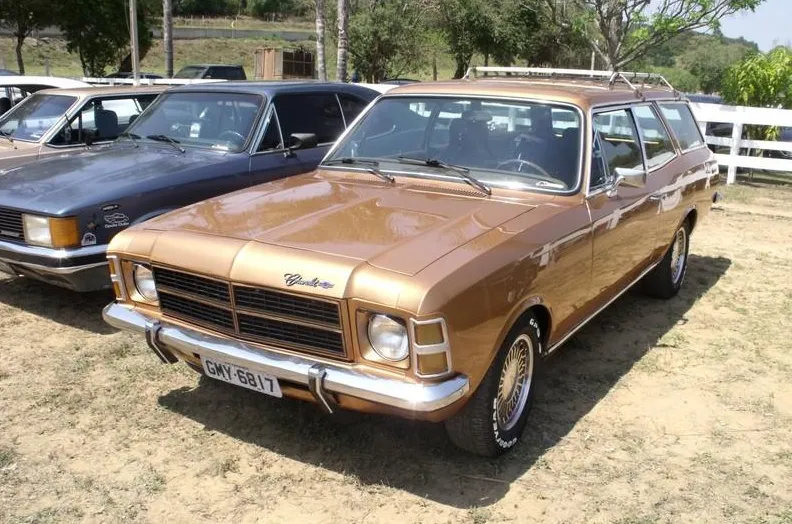
Us 90s, the Caravan has undergone a final modernization. In 1988, the versions were renamed, with the base being called SL, the intermediary of Commodore SL/E and the top of the line Diplomat SE.
From 1991, the Caravan has gained important safety improvements, such as four-wheel disc brakes It is Power steering as standard on the Diplomata SE version.
Despite the improvements, the Caravan was already out of date compared to its more modern competitors. Thus, in 1992, its production was terminated along with the Opal, giving rise to another model derived from Chevrolet Omega, The Supreme station wagon.
Caravan in 2025: a valued classic
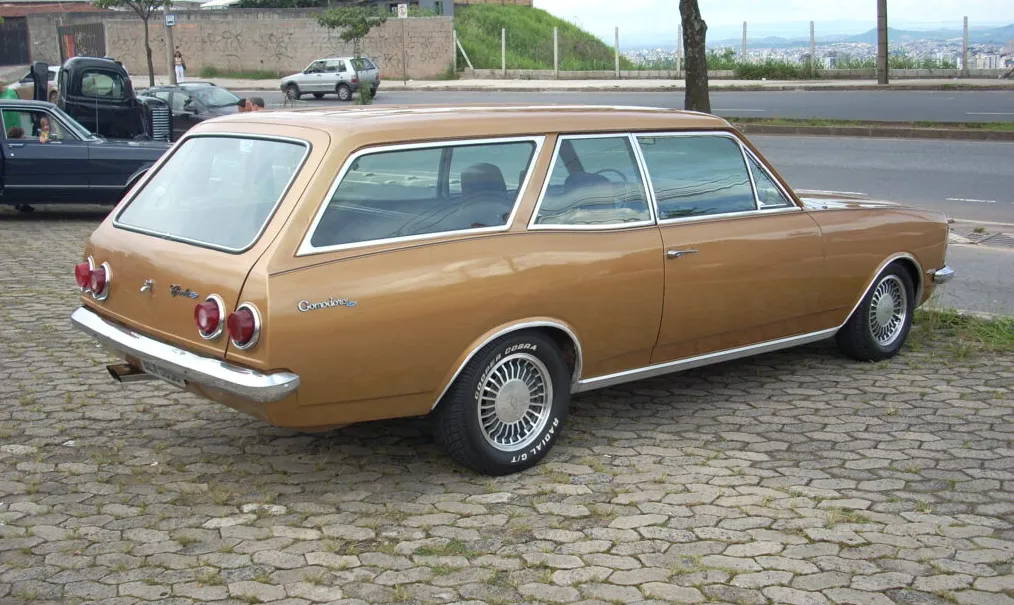
Past 50 years Since its launch, the Chevrolet Caravan has remained one of the most sought-after models by Brazilian collectors. A well-preserved example of the SS or Diplomat SE can exceed R$ 200 thousand in the classics market, especially if you have low mileage and original paint.
Classic car events always feature impeccable Caravans, and vintage car clubs Opala line enthusiasts remain active, promoting meetings and restorations throughout Brazil.
The Caravan also became a pop culture classic in the country. Films, series and music videos often feature the model in nostalgic scenes from the 70s and 80s. Its legacy is so strong that even today some fans dream of one modernized relaunch of the model, perhaps based on the Chevrolet Trailblazer.
Whether as a family car, a sports car in disguise or a collector's item, the Chevrolet Caravan remains firmly in the memory of car enthusiasts, showing that a classic never goes out of style.


